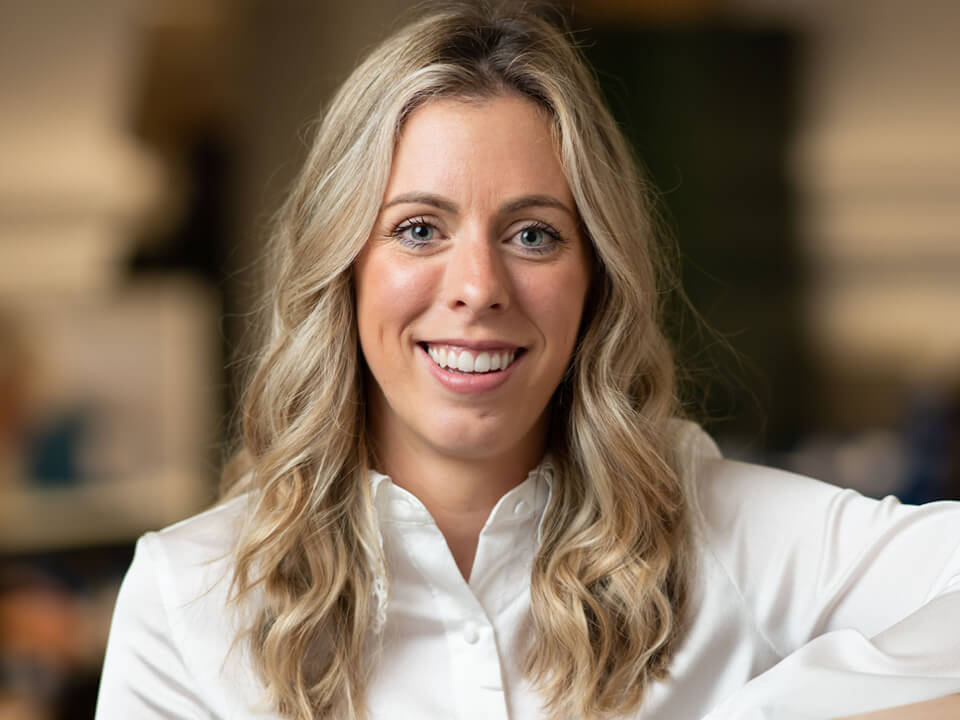10 Reasons to Pay into your Pension before April
Pensions remain the most tax efficient way to save for retirement. With the new freedoms removing any lingering barriers to accessing funds and passing on unused funds on death we want to ensure clients don't miss an opportunity for a top up.
Here are 10 reasons to fund your pension before April.
1. Tax relief at highest rates
• Successive Chancellors have decided against cutting the rate of tax relief on pension saving. But with the spotlight constantly falling on pension saving incentives at each Budget, relief at the highest rates may not be around forever.
• Additional and higher rate taxpayers may wish to contribute an amount to maximise tax relief at 45%, 40% or even 60% while they have the opportunity. Carry forward can allow contributions in excess of the current annual allowance without any annual allowance tax charge.
2. Avoid the annual allowance cut for higher earners by using carry forward
• Some high income clients will face a cut in the amount of tax-efficient pension saving they can enjoy this tax year. The standard £40,000 AA will be reduced by £1 for every £2 of 'income' clients have over £150,000 in a tax year, until their allowance drops to £10,000.
• But it's possible that some of these clients may be able to reinstate their full £40k allowance by making use of carry forward. The tapering of the annual allowance won't normally apply if income less personal contributions is £110k or less. A large personal contribution using unused allowance from the previous 3 tax years can bring income below £110k and restore the full £40k allowance for 2016/17. And some of it may attract 60% tax relief too.
3. Last chance for a £50k carry forward
• This tax year is the last opportunity to carry forward unused annual allowance from 2013/14 when it was still £50k. If it isn’t used, the additional allowance will be lost and future carry forward limited to a maximum of £40k per year.
• The maximum carry forward of unused allowances for the current year is £130,000, being £50,000 for 2013/14 plus £40,000 from 2014/15 and 2015/16.
• Next tax year this will settle at £120,000, as all carry forward years will have a maximum allowance of £40,000.
4. Boost SIPP funds now before accessing flexibility
• Anyone looking to take advantage of the new income flexibility for the first time may want to consider boosting their fund before April, potentially sweeping up the full £40,000 from this year plus any unused allowance carried forward from the last three years.
• The Money Purchase Annual Allowance (MPAA) will mean the opportunity to continue funding will be restricted. The MPAA is currently £10k but is set to fall to £4k a year in April - with no carry forward.
• Remember too that you may be able to help your clients avoid this allowance cut completely. Anyone already in capped drawdown, or who only takes their tax free cash, can access their pension pot and retain their full £40,000 allowance.
5. Recover personal allowances
• Pension contributions reduce an individual's taxable income. So they're a great way to reinstate the personal allowance.
• For a higher rate taxpayer with taxable income of between £100,000 and £122,000, a personal contribution that reduces taxable income to £100,000 would achieve an effective rate of tax relief at 60%. For higher incomes, or larger contributions, the effective rate will fall somewhere between 40% and 60%.
6. Avoid the child benefit tax charge
• A personal contribution can also ensure that the value of child benefit is preserved for the family, rather than being lost to the child benefit tax charge. And it might be as simple as redirecting existing pension saving from the lower earning partner to the other.
• The child benefit, worth over £2,500 to a family with three kids, is cancelled out by the tax charge if the taxable income of the highest earner exceeds £60,000. There's no tax charge if the highest earner has income of £50,000 or less. As a pension contribution reduces ‘income’ for this purpose, the tax charge can be avoided. The combination of higher rate tax relief on the contribution plus the child benefit tax charge saved, can lead to effective rates of tax relief as high as 65% for a family with three children.
7. Sacrifice bonus for an employer pension contribution
• March and April is typically the time of year when many companies pay annual bonuses. Sacrificing a bonus for an employer pension contribution before the tax year end can bring several positive outcomes.
• The employer and employee NI savings made could be used to boost pension funding, giving more in the pension pot for every £1 lost from take-home pay. And the reduction in the client's taxable income potentially means that lost personal allowance may be recovered, or the child benefit tax charge avoided.
8. Providing for loved ones
• The new death benefit rules will make pensions an extremely tax efficient way of passing on wealth to family members - there's typically no IHT payable and there's also the possibility of passing on funds to any family members free of tax for deaths before age 75.
• Clients may want to consider moving savings which would otherwise be subject to IHT into their pension to shelter them from IHT and benefit from tax free investment returns. And provided they're not in serious ill-health at the time, any savings will be immediately outside the estate.
9. Dividend changes and business owners
• Many directors of small and medium sized companies may be facing an increased tax bill following changes to the taxation of dividends. A pension contribution could be the best way of cutting their overall tax bill, while still receiving the same level of income.
• And, of course, if the director is over 55 they now have full unrestricted access to their pension savings.
• There's no NI on an employer pension contribution or dividend payment, but dividends are paid from profits after corporation tax AND may also be taxable in the director’s hands too. By making an employer pension contribution, this ensures that the tax that would have otherwise gone to HMRC boosts the director’s retirement savings instead.
10. Pay employer contributions before corporation tax relief drops
• Corporation tax rates are set to fall from 20% to 19% from the financial year starting April 2017 with a further planned cut to 17% to effect from April 2020.
• Companies may want to consider bringing forward pension funding plans to benefit from tax relief at the higher rate. Payments should be made before the end of the current business year, while rates are at their highest.
Subscribe to our newsletterPlease note that the information and opinions contained in this article are not intended to be comprehensive, nor to provide legal advice. No responsibility for its accuracy or correctness is assumed by Pearson Solicitors and Financial Advisers Ltd or any of its members or employees. Professional legal advice should be obtained before taking, or refraining from taking, any action as a result of this article.
This blog was posted some time ago and its contents may now be out of date. For the latest legal position relating to these issues, get in touch with the author - or make an enquiry now.





